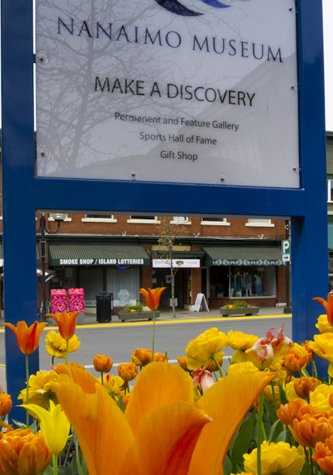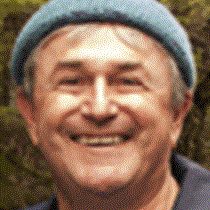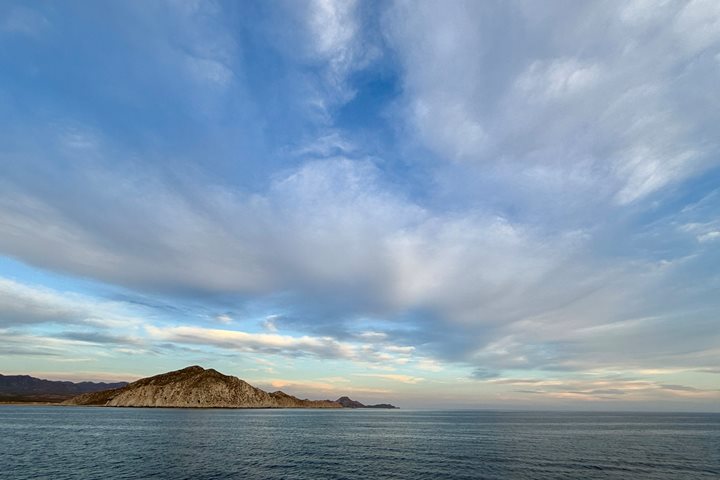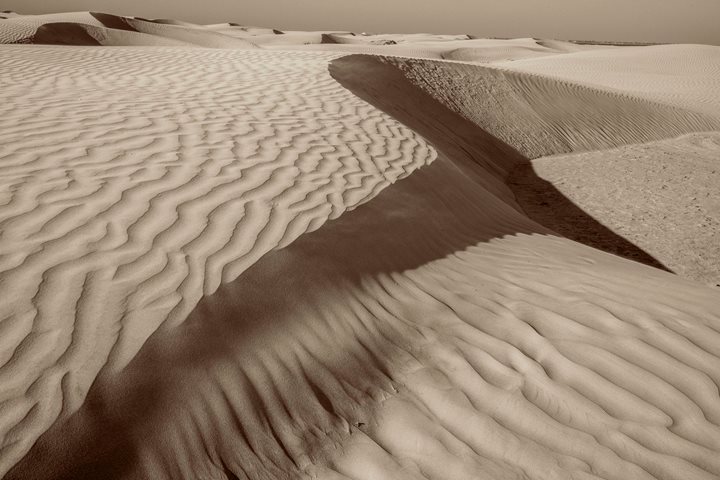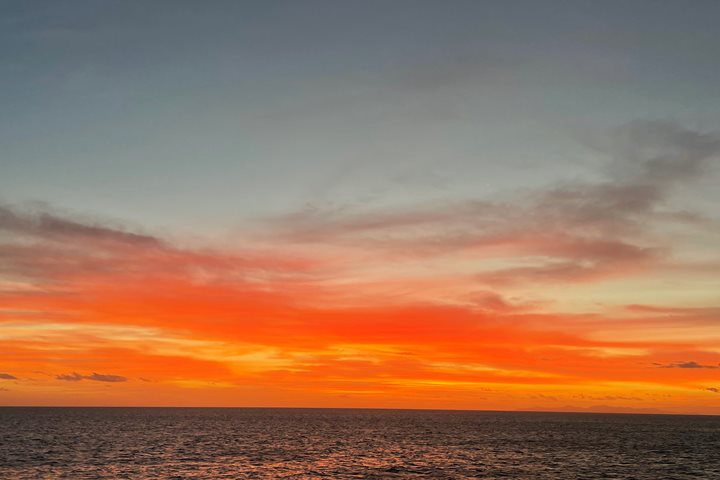The sheltered natural beauty of Canada’s Gulf Islands gently wrapped around the National Geographic Sea Bird this morning. Soft spring greens near the water’s edge mixed with dark towering conifers—we joined loons, flocks of Bonaparte’s gulls, and surf scoters—all of us northbound in a great migration as the land and sea surges back to life. Swirling blue-green water indicated the upwelling of planktonic food resources that will feed thousands of birds, fish, and marine mammals in the months to come.
Ashore on Vancouver Island in the town of Nanaimo, flowers abound—the dogwood trees (British Columbia’s provincial flower) have bloomed in the past two days and the branches are heavy with large creamy white flowers. Bright red tulips and violet pansies decorate the containers dotting the attractive harbor area. We walked to the fine Nanaimo Museum and visited the unusual Hudson’s Bay Company bastion. This 1853 octagonal defensive structure was constructed of 16-inch square timbers fitted together with wooden pegs. It is the only known (HBC) bastion still standing in North America.
As we move ever northward into the great inland waterway of the Pacific Northwest, areas of human development are dropping away. We’ve left Seattle, Puget Sound, and the small cities of Vancouver Island in our wake. The towns are becoming smaller and further apart and soon we’ll reach the intact temperate rain forest wilderness of the great bear forest and beyond. The pull to follow the spring migration north is all around us and I can’t wait to experience the adventures to come.

